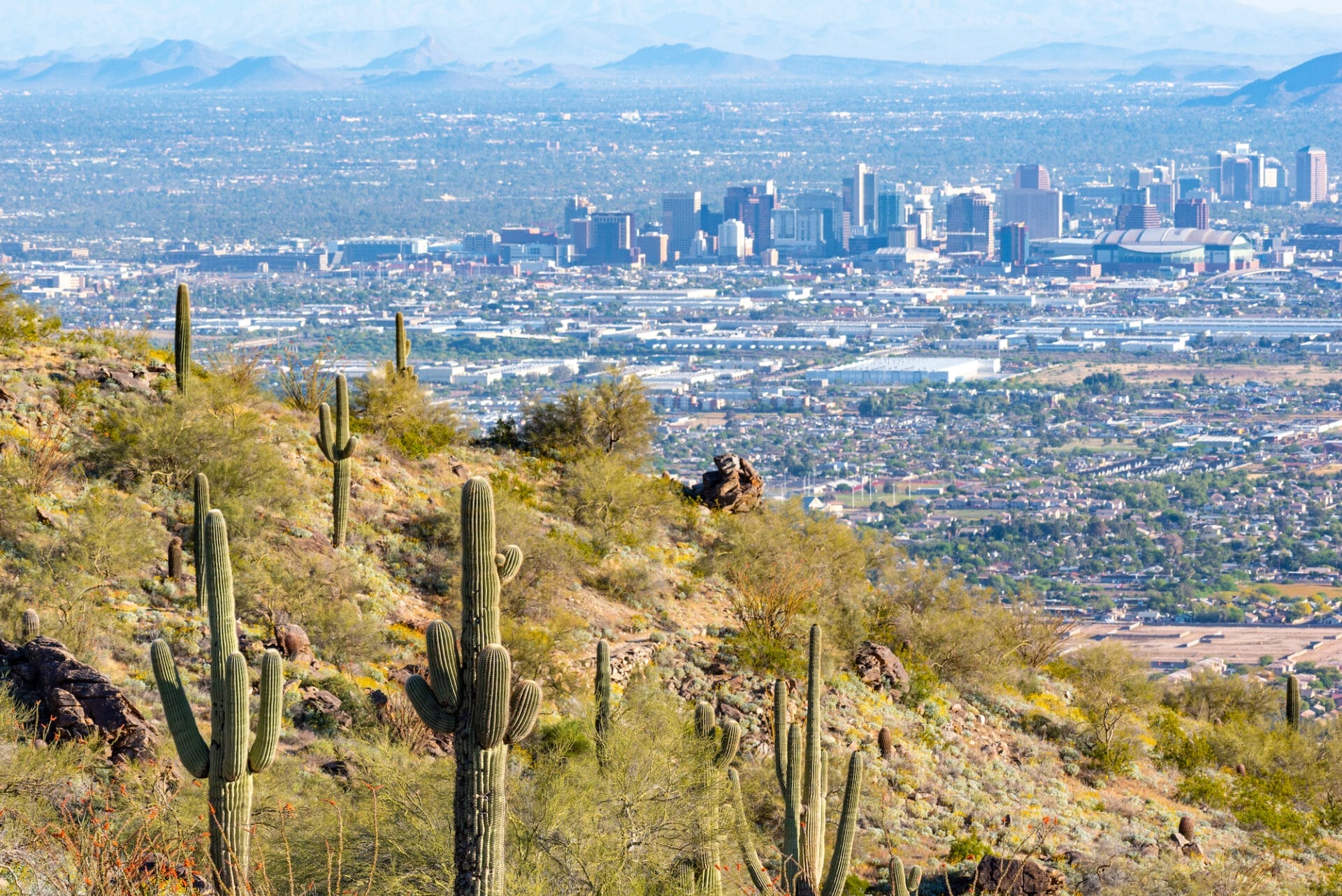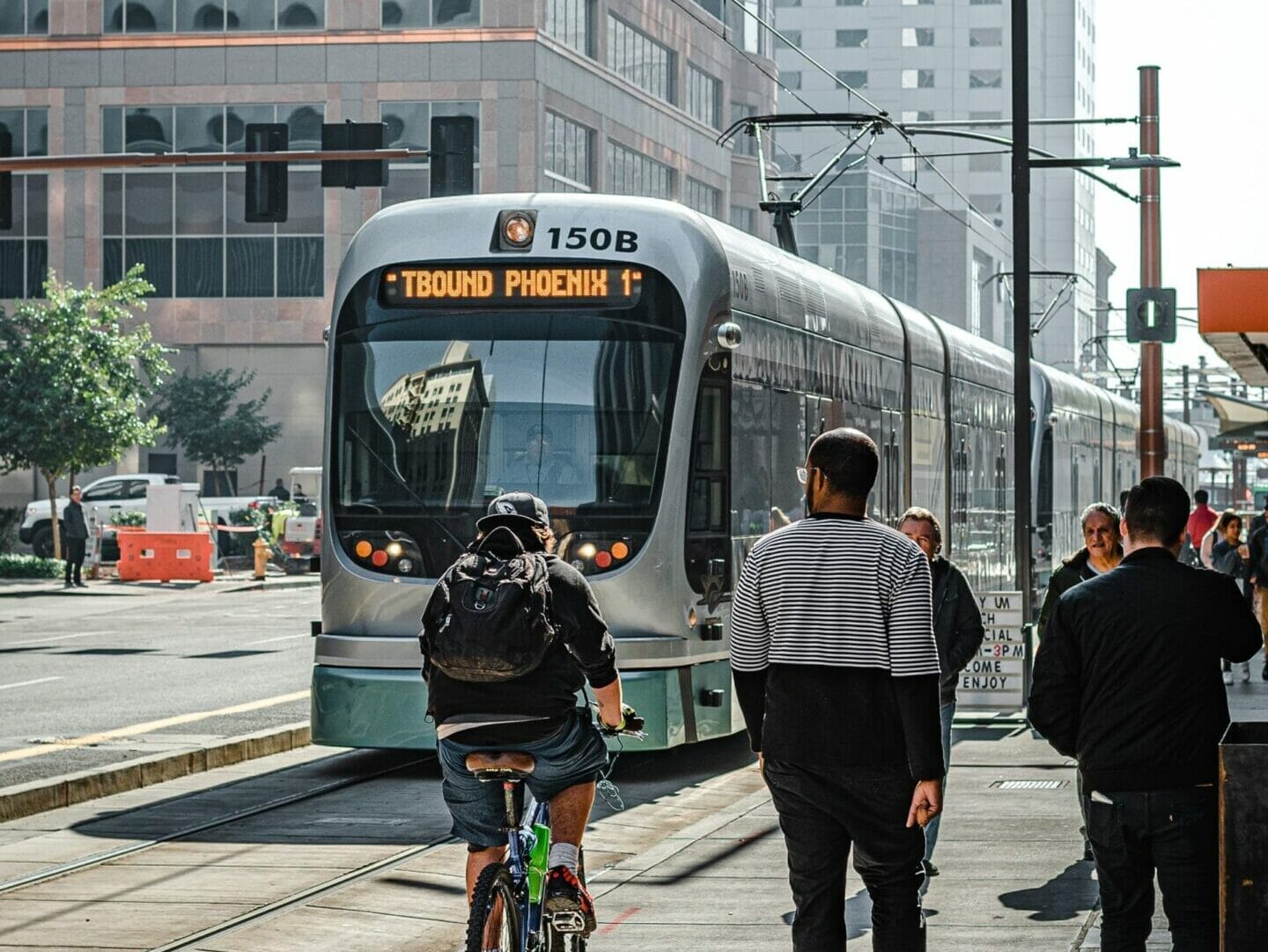
Sustainable Cities Network
Connecting communities, advancing sustainability
and cultivating solutions.

Sustainable Cities Network workgroups
The workgroups are comprised of community participants from various cities, counties, and tribes and are organized through common sustainability interests, needs, and goals. A workgroup is formed when a topic need is established and a community “champion” volunteers to lead the workgroup. Each workgroup has the opportunity to pursue projects with deliverable outcomes, benefiting the communities at large.
About the network
The network is a vehicle for communities to share knowledge and coordinate efforts to understand and solve sustainability problems. It is designed to foster partnerships, identify best practices, provide training and information and create a bridge between ASU’s research and front-line challenges facing local communities.
View upcoming meetings
The Sustainable Cities Network meets regularly to check in with our members and ensure our projects are running smoothly. If you want to stay up to date with our work, you can subscribe to our calendar.
Project Cities
Project Cities is a university-community partnership connecting higher education with local communities, creating a powerful combination of knowledge and know-how.
Subscribe to Sustainable Cities Network Newsletter
Keep in touch with the Sustainable Cities Network by subscribing to our newsletter.